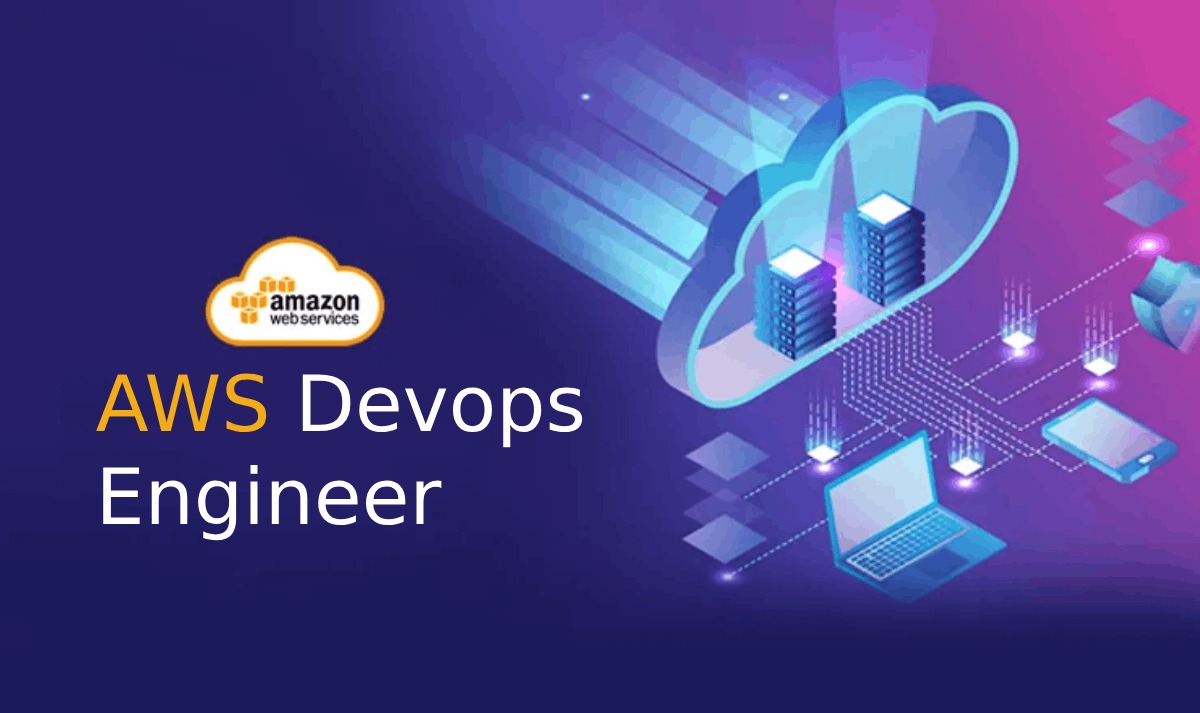1: Introduction to Cloud-Native Security
1.1 Understanding Cloud-Native Applications
1.2 Overview of Cloud-Native Architectures, Including Microservices, Containers, and Serverless
1.3 Security Challenges in Cloud-Native Environments
1.4 Common Security Issues and Risks Associated with Cloud-Native Applications
1.5 Best Practices for Cloud-Native Security
1.6 Key Principles and Strategies for Securing Cloud-Native Applications
1.7 Hands-On: Setting Up a Secure Cloud-Native Environment
2: Secure Design and Development Practices
2.1 Security by Design
2.2 Incorporating Security Considerations from the Design Phase of Cloud-Native Applications
2.3 Threat Modeling for Cloud-Native Applications
2.4 Identifying Potential Threats and Vulnerabilities in Cloud-Native Architectures
2.5 Secure Coding Practices
2.6 Implementing Secure Coding Techniques and Practices to Prevent Common Vulnerabilities
2.7 Hands-On: Applying Threat Modeling and Secure Coding Practices
3: Container Security Best Practices
3.1 Securing Container Images
3.2 Best Practices for Building and Securing Container Images, Including Scanning and Patching
3.3 Runtime Security for Containers
3.4 Protecting Containers During Runtime Through Isolation and Monitoring
3.5 Container Security Tools
3.6 Overview of Tools for Container Security (e.g., Docker Bench, Clair, Aqua Security)
3.7 Hands-On: Implementing Container Security Best Practices
4: Kubernetes Security Best Practices
4.1 Securing Kubernetes Components
4.2 Best Practices for Securing Kubernetes Clusters, Including API Server, etcd, and Nodes
4.3 Network Policies and Access Control
4.4 Implementing Network Segmentation and Access Controls Within Kubernetes
4.5 Securing Kubernetes Applications
4.6 Techniques for Securing Applications Running on Kubernetes, Including Secrets Management and Pod Security Policies
4.7 Hands-On: Configuring Kubernetes Security Best Practices
5: Serverless Security
5.1 Understanding Serverless Security Challenges
5.2 Unique Security Considerations and Risks Associated with Serverless Architectures
5.3 Securing Serverless Functions
5.4 Best Practices for Securing Serverless Functions and Their Execution Environments
5.5 Monitoring and Incident Response for Serverless
5.6 Strategies for Monitoring Serverless Applications and Responding to Security Incidents
5.7 Hands-On: Securing and Monitoring Serverless Functions
6: Integrating Security into CI/CD Pipelines
6.1 Embedding Security in CI/CD
6.2 Integrating Security Checks and Practices into the CI/CD Pipeline for Cloud-Native Applications
6.3 Automated Security Testing
6.4 Implementing Automated Security Testing Tools and Processes in CI/CD Workflows
6.5 Compliance and Policy Automation
6.6 Automating Compliance Checks and Policy Enforcement for Cloud-Native Applications
6.7 Hands-On: Integrating Security into a CI/CD Pipeline for Cloud-Native Applications
7: Monitoring and Incident Response
7.1 Continuous Monitoring for Cloud-Native Applications
7.2 Techniques and Tools for Continuous Security Monitoring in Dynamic Cloud-Native Environments
7.3 Incident Detection and Response
7.4 Best Practices for Detecting and Responding to Security Incidents in Cloud-Native Applications
7.5 Log Management and Analysis
7.6 Tools and Techniques for Managing and Analyzing Security Logs
7.7 Hands-On: Setting Up Monitoring and Incident Response for Cloud-Native Applications
8: Future Trends and Best Practices
8.1 Emerging Trends in Cloud-Native Security
8.2 Overview of Upcoming Trends and Technologies in Cloud-Native Security
8.3 Case Studies and Real-World Examples
8.4 Analysis of Real-World Examples and Case Studies of Cloud-Native Security Implementations
8.5 Hands-On: Exploring Future Trends and Technologies in Cloud-Native Security







Reviews
There are no reviews yet.